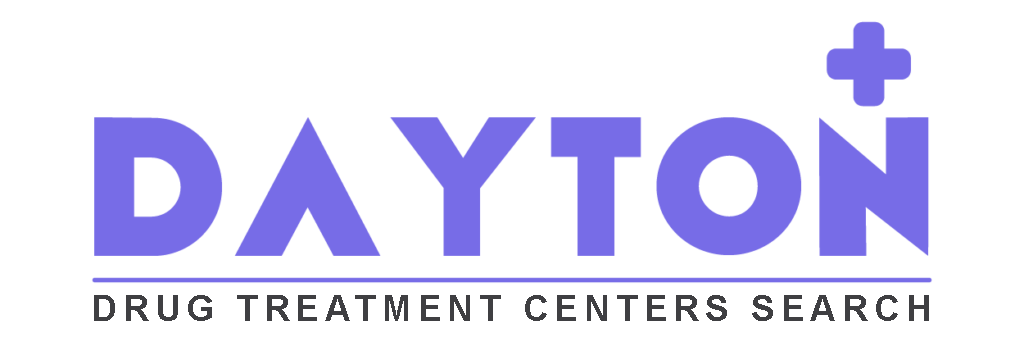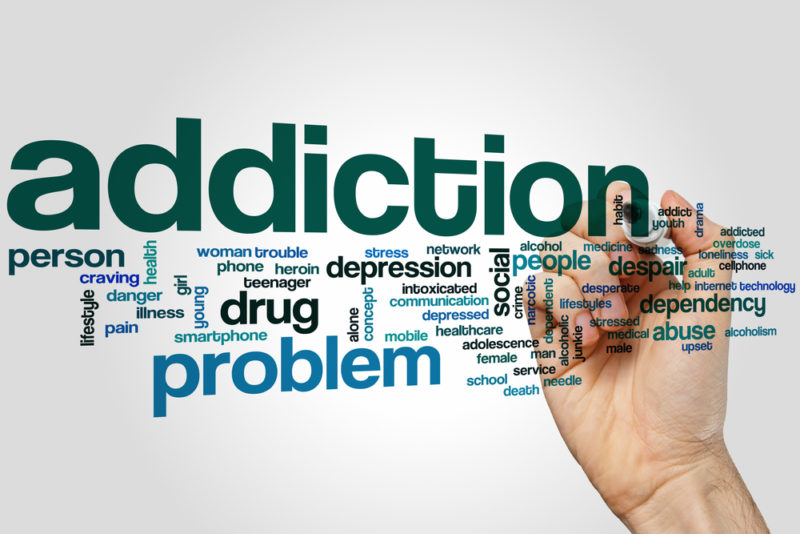Drug abuse is a serious problem that affects every strata of American society – especially in Dayton, Ohio. It may begin by simply taking prescription pain medications to ease chronic or short-term pain. Or it may begin if a person is susceptible to peer-pressure and starts using drugs with his friends. Another reason people use drugs is to escape from their marital, financial, or work related problems. Being high on drugs gives a person a break from reality and having to cope with stressful life situations. Of course that is not the right way to handle problems because drug abuse just adds more problems to a person’s life. But most people don’t think about the ramifications of drug abuse. They just like the way the drugs make them feel. Falling into the trap of drug abuse may result in some serious consequences, such as child abuse, divorce, violent behavior, criminal activity, homelessness and more. Many addicts regret that they ever began to use drugs once they are trapped in the web of a severe addiction.
Another reason why people use drugs is because they are struggling with mental illness. The combination of drug abuse and mental illness is called a co-occurring disorder, dual-diagnosis or comorbidity. People who suffer from bipolar disorder, clinical depression, post-traumatic stress disorder (PTSD), schizophrenia, and anxiety are more prone to drug and alcohol abuse. At first it may seem that the drug is helping the addict feel better, but in reality the drug is not only exacerbating the condition of the mental disorder, it may be creating new ones because drugs affect the brain in many ways. Drugs can cause psychological and physical changes to the brain, and the result may cause permanent brain dysfunction or damage. People with co-occurring disorders should be professionally treated for both conditions simultaneously, because each affects the other.
Drug addiction is a chronic, progressive disease that may require the help of experienced medical professionals. An intervention may be needed to get the addict to commit to receiving this help. The more the addict abuses drugs, the more he will crave the drug and do everything in his power to obtain his drug of choice. He will find it difficult to control his thoughts and behavior, and withdrawal symptoms will increase in severity as tolerance builds up in his body. This is the cycle that drug abuse creates and the addict may begin to fall deeper under its control, leading to severe addiction.
Treatment should begin in a certified rehab center, with a thorough medical detoxification to remove all the drugs from the addict’s body. Once this has been accomplished, the addict will begin a series of other treatments. Psychological counseling services help the patient identify the key factors that may have caused him to start using drugs. Other issues that the patient struggles with will also be brought to the forefront. Learning how to acknowledge and handle these problems can bring a sense of release to the patient, and stop them from controlling his thought and behaviors.
Behavior modification therapy can help the patient address destructive behavior patterns and replace them with healthy ones. According to the National Institute on Drug Abuse, behavioral therapies are very effective in treating drug abuse patients. Social therapy includes family counseling and support groups, in an effort to heal past hurts and disappointments and to re-socialize the patient. Social therapy gives the addict the opportunity to build-up trust again and to form new friendships. He will also learn relapse prevention techniques to be able to cope with triggers, cravings, temptations, strong emotions and more.
Aftercare will continue throughout the recovering addict’s life to give him the support he needs to stay on the right path. Once an addict is equipped with the education and tools he needs to stay sober, he will be able to start his life anew and maintain sobriety. Dayton Drug Treatment Centers can help. Just give our recovery advocates a call today at (937) 949-4099 for information.


